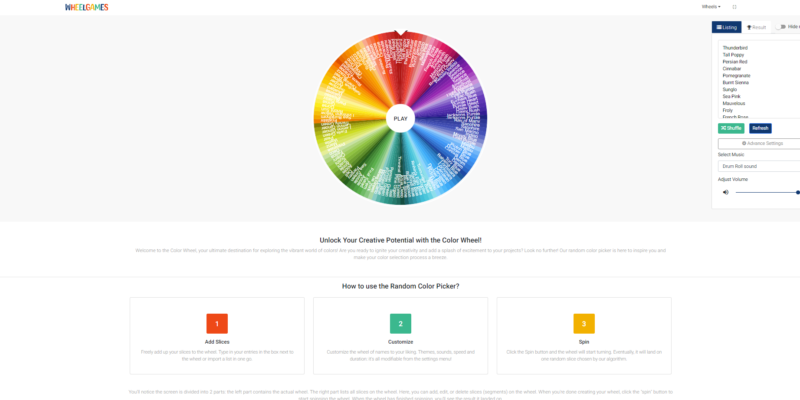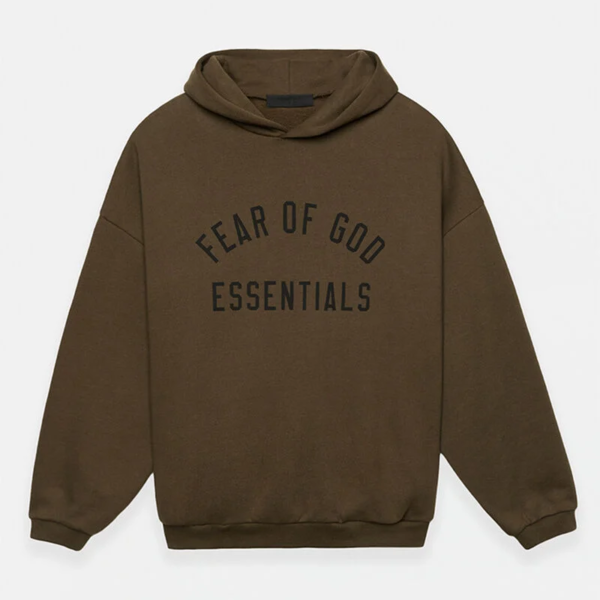
Introduction
The color wheel, a visual representation of colors arranged in a circular format, is more than just a tool for artists; it’s a fascinating guide to understanding the relationships between hues. In this exploration, we delve into the secrets of the color, uncovering its significance in art, design, and beyond. Join us on a journey into vibrant hues and discover the magic that lies within the spectrum.
The Basics of the Color Wheel
Primary Colors
At the core of the color are the primary colors: red, blue, and yellow. These hues are considered fundamental because they cannot be created by mixing other colors together. Instead, they serve as the foundation for all other colors on the wheel.
Secondary Colors
Adjacent to the primary colors are the secondary colors: orange, green, and purple. These hues result from mixing equal parts of two primary colors. The color arrangement showcases the harmonious relationships between these secondary colors and their respective primaries.
Tertiary Colors
Further expanding the spectrum, tertiary colors are created by mixing a primary color with a neighboring secondary color. This adds depth and nuance to the color wheel, allowing for a more intricate palette.
The Color Wheel in Art and Design
Color Harmonies
Understanding color harmonies is essential for artists and designers. Complementary colors, found opposite each other on the color wheel, create dynamic contrast. Analogous colors, situated next to each other, offer a more subtle and harmonious combination. Exploring these harmonies allows for intentional and impactful use of color in various creative endeavors.
Creating Moods with Color
Colors evoke emotions and set the tone of visual compositions. Warm colors like red and yellow convey energy and passion, while cool colors like blue and green evoke calmness and serenity. The color wheel serves as a tool for artists and designers to strategically choose hues that align with the intended mood or message of their work.
Beyond the Brush: Practical Applications
Interior Design
In interior design, the color wheel is a valuable tool for creating cohesive and visually appealing spaces. Harmonious color schemes can be achieved by selecting analogous or complementary colors for walls, furniture, and decor. The color wheel serves as a guide for balancing tones and creating a harmonious atmosphere within a room.
Fashion and Style
The color wheel’s influence extends to the world of fashion. Stylists use it to create eye-catching outfits and accessories by combining colors that complement each other. Whether it’s a bold statement or a subtle ensemble, the color wheel guides fashion choices and ensures a harmonious and visually pleasing appearance.
Interactive Exploration: Random Color Generators
Adding a Dash of Serendipity
For those seeking creative inspiration or a unique color palette, random color generators offer a delightful twist. These online tools randomly generate color combinations, often incorporating hues that one might not have considered. Whether for graphic design, painting, or even selecting clothing, these generators inject an element of serendipity into the creative process.
Sympathy Cards and Color Selection
Even in the realm of sympathy cards, the color wheel plays a subtle yet meaningful role. While traditional choices may lean towards muted tones and subdued colors, understanding the emotional impact of different hues allows for more thoughtful and personalized condolences. The color wheel aids in selecting tones that convey comfort and solace during difficult times.
Sympathy Cards and Color Psychology
Expressing Empathy through Color
Color psychology suggests that certain colors evoke specific emotions. Soft blues and greens convey calmness and sincerity, while muted purples symbolize compassion. When crafting sympathy cards, the color wheel becomes a guide for selecting hues that express empathy and provide a sense of solace to those in mourning.
Personalizing Condolences
By incorporating the principles of the color wheel, sympathy cards can be personalized to reflect the unique personality and preferences of the departed. Thoughtful color choices add a layer of warmth and remembrance, creating a tangible connection between the sender’s sentiments and the recipient’s grief.
Conclusion
In conclusion, the color wheel is a versatile and dynamic tool that transcends the boundaries of art and design. Whether exploring vibrant hues on a canvas, harmonizing interior spaces, or selecting colors for sympathy cards, the color wheel guides our choices and enhances our understanding of the visual world. As we unlock the secrets of this circular spectrum, we find ourselves on a perpetual journey into the realm of color, where creativity knows no bounds.











